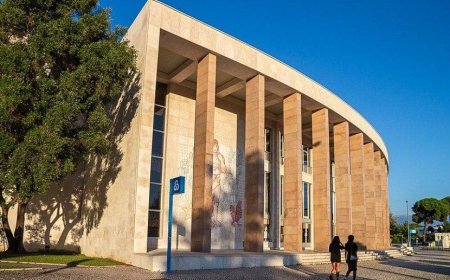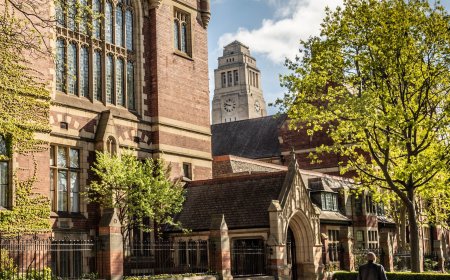The US EB-5 Immigrant Investor Program Overview

The U.S. EB-5 Immigrant Investor Program is a visa program that allows foreign investors to obtain a U.S. Green Card (permanent residency) by investing in a business or commercial enterprise that creates jobs in the United States. The program is designed to stimulate the U.S. economy through job creation and capital investment by foreign investors.
Key Features of the EB-5 Program:
- Investment Amount:
- Standard Investment: The minimum investment required is $1,050,000 in a non-targeted area.
- Targeted Employment Area (TEA): The minimum investment is $800,000 if the investment is made in a TEA, which is typically a rural area or an area with high unemployment.
- Job Creation:
- The investment must create or preserve at least 10 full-time jobs for qualifying U.S. workers within two years of the investor’s admission to the U.S. as a Conditional Permanent Resident.
- Investment in a New Commercial Enterprise:
- The investment must be made in a new commercial enterprise, which can be a new business or a business expansion.
- Investors can invest directly or through a Regional Center (an organization designated by USCIS to promote economic growth).
- Regional Center Program:
- Many investors choose to invest through Regional Centers because they facilitate pooled investments and offer more flexible job creation requirements. These centers are responsible for overseeing the investment and ensuring job creation.
Application Process:
- Choose a Qualifying Investment:
- Determine whether to invest directly in a new commercial enterprise or through a Regional Center. Most investors prefer Regional Centers due to the ease of meeting job creation requirements.
- Make the Investment:
- Transfer the required capital into the U.S. enterprise. This amount must be fully invested at the time of the application.
- File Form I-526 (Immigrant Petition by Alien Investor):
- Prepare and submit Form I-526 to U.S. Citizenship and Immigration Services (USCIS). This form provides evidence of the investment and how it meets the program’s requirements.
- The application should include proof of the lawful source of funds, investment documentation, business plans, and job creation plans.
- Receive Conditional Permanent Residency:
- If Form I-526 is approved, the investor (and eligible family members) can apply for a conditional Green Card (valid for 2 years). This can be done through Form I-485 (Adjustment of Status) if they are already in the U.S., or through Consular Processing if they are abroad.
- File Form I-829 (Petition by Entrepreneur to Remove Conditions on Permanent Resident Status):
- Within the 90-day period before the second anniversary of the investor’s admission to the U.S. as a conditional resident, the investor must file Form I-829.
- This petition demonstrates that the investment has been sustained and the required jobs have been created. If approved, the conditions are removed, and the investor and family members become permanent residents.
- Obtain Permanent Residency:
- Once the I-829 petition is approved, the investor and family members receive permanent Green Cards.
- Benefits
Benefits include the right to live, work, and study in one of the most coveted destinations in the world, visa-free travel to many countries, and access to world-class healthcare, schools, and universities.
Important Considerations:
- Legal and Financial Advice: Due to the complexity of the EB-5 program, it is advisable to consult with an immigration attorney and financial advisor to ensure compliance with all regulations and to protect your investment.
- Regional Center Due Diligence: If investing through a Regional Center, it's important to conduct thorough due diligence on the Regional Center's track record, project viability, and compliance with EB-5 regulations.
- Processing Times: The processing times for EB-5 applications can be lengthy, often taking several years depending on the country of origin and the volume of applications. On average, applicants receive their initial conditional green cards anywhere between 12 and 36 months. The filing for the conditional green card to be converted into a regular green card is done two years later.
The EB-5 program offers a pathway to U.S. residency for those who can meet its requirements, with the potential for significant economic benefits for both the investor and the U.S. economy.
What's Your Reaction?




































![[GIVEAWAY] TUI Monthly Giveaway to win £500](https://emooves.com/uploads/images/202501/image_430x256_67755a00c1cb0.jpg)

















